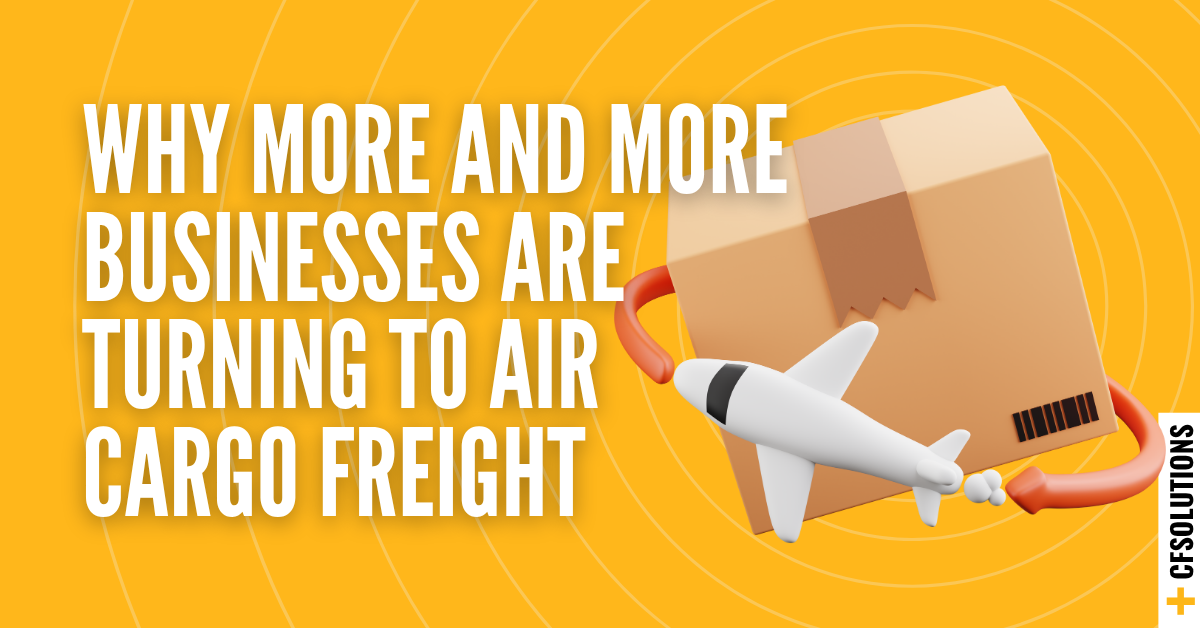
Freight plays a critical role in every supply chain, yet it’s often one of the most complex areas to manage. Between fluctuating fuel costs, tight delivery windows, and shifting customer expectations, keeping freight operations efficient requires more than just securing competitive rates. It takes strategy, visibility, and collaboration across every part of the process.
Optimising freight isn’t always straightforward. It can involve revisiting long-standing processes, introducing new systems, or changing how teams communicate and share information. But the payoff is worth it. Businesses that focus on continuous improvement in their freight operations gain stronger cost control, better service reliability, and a clearer view of performance across their supply chain.
1. Focus on Value, Not Just Price
Getting the best return on your freight spend isn’t always about finding the lowest rate. It’s about working smarter with what you already have. Keeping track of fuel and accessorial charges such as liftgate or residential delivery fees helps you understand where your costs come from and where you can make adjustments.
Regularly reviewing your packaging and dispatch methods can also help. Correct carton sizing, efficient pallet use, and consolidated bookings reduce cubic weight and create smoother, more predictable freight days. Simple steps like clearer labelling and proactive scheduling also improve accuracy and save time.
2. Create a Smooth Flow Across Teams
When every department has access to the same information, freight moves faster and more reliably. A centralised process for bookings, dispatch, and tracking helps reduce internal follow-ups and gives your team a clear view of what’s happening at every stage.
Using a Transport Management System (TMS) is one of the best ways to achieve this. A TMS streamlines freight administration, automates routine tasks, and improves transparency across your business. This consistency helps reduce delays, errors, and duplicated work.
3. Build Strong Freight Partnerships
Reliable carriers are the backbone of consistent freight performance. Partnering with providers who align with your service standards — and reviewing those relationships regularly — helps you maintain delivery quality while finding opportunities to improve value.
Discussing KPIs such as on-time delivery, claims turnaround, and communication response times ensures everyone stays accountable and focused on improvement.
4. Use Technology for Real-Time Clarity
Technology gives you control and visibility across your supply chain. Real-time tracking, automated status updates, and freight dashboards make it easier to anticipate delays, monitor performance, and keep customers informed.
By turning freight data into actionable insights, businesses can make better decisions, plan capacity more accurately, and prevent small issues from becoming costly disruptions.
5. Partner for Continuous Improvement
Working with a freight management expert allows your business to focus on what it does best while knowing your logistics are running smoothly. An experienced partner can identify efficiencies, handle carrier coordination, and implement technology that improves accuracy, visibility, and customer satisfaction.
Continuous improvement in freight management not only reduces costs but also builds a more resilient and scalable supply chain.
Talk to us about how smarter freight visibility and technology can support your business.
Subscribe to our Blog
Related Posts
- by Customised Freight Solutions
- 0 Comments
Behind the Scenes of an Air Freight Operation
Air freight is one of the most dynamic parts of Australia’s logistics ...
Read More- by Customised Freight Solutions
- 0 Comments
Planning Your Freight Leading into Christmas and Understanding Carrier Cut-Offs
The Christmas period is one of the most exciting times of the year ...
Read More- by Customised Freight Solutions
- 0 Comments
When Speed Matters: Why More Australian Businesses Are Turning to Air Freight
The Australian freight landscape is changing fast. With rising ...
Read More



